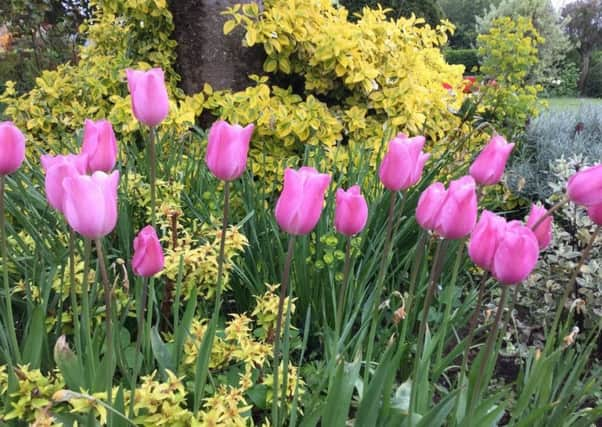Divide and rule for stock increases


Polyanthus ‘Stella Mixed’, with its vigorous growth and wide range of colours, has been impressive once again and shows no sign of giving up.
When bloom production does wain, the plants will be dug up and transferred to a holding plot until autumn.
Advertisement
Hide AdAdvertisement
Hide AdThey’re easily propagated by dividing each large specimen into sections before replanting.
Alternatively, leave the splitting-up process until autumn.
The process of increasing stock by division – be it herbaceous perennials, shrubs, fruit bushes or potted indoor plants – has always served gardeners well.
A glance at the plant will reveal whether it’s a suitable subject. Look for more than one main stem rising from below soil level, and if there are several it should respond positively to being severed apart with as much soil attached to each portion as possible.
Prior to spring growth taking off, we dug up and divided some large clumps of rhubarb and left them on the surface for a few nights of cold treatment.
Advertisement
Hide AdAdvertisement
Hide AdA spade was then used to chop them into manageable sections, each with one or more crowns attached, and replanted in a new bed enriched with weathered horse manure.
They’ve subsequently responded admirably to forcing. We’ve harvested a modest number of stems and left the remainder to secure the new patch.
Trees, shrubs and hedges are clothed in varying shades of green and new flowers are emerging daily in the surrounding borders. We should be enjoying these visual treats.